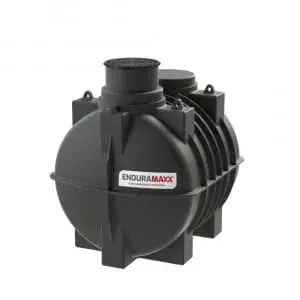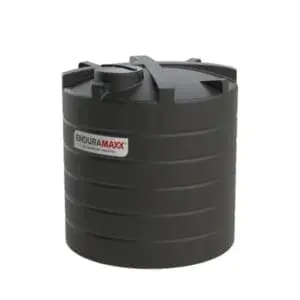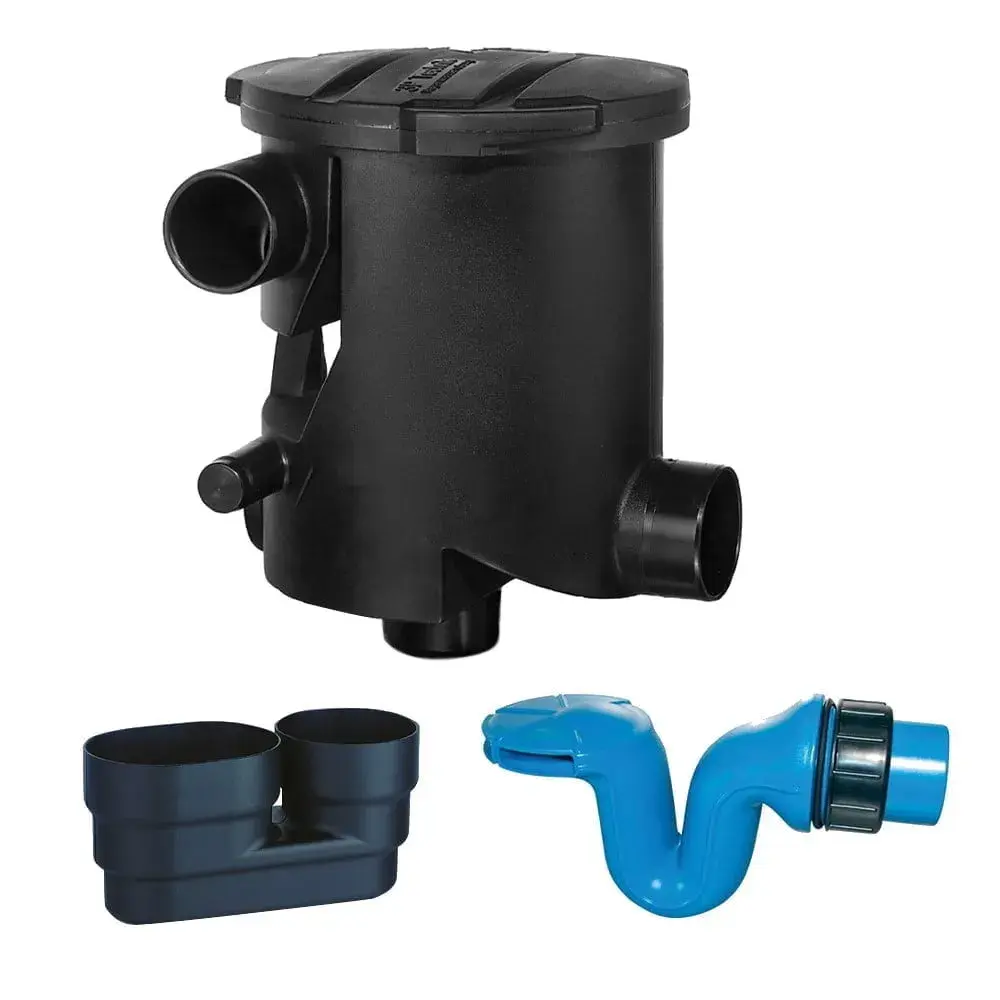When setting up storage tanks, a tank farm or chemical storage facilities, the number one question asked is, do you choose cone bottom or flat bottom tanks? Both options have advantages and disadvantages depending on the liquids being stored and based on the liquids you are storing, the wrong decision can cause you a lot of pain and money. In this article, we compare both options and explain how to make this decision right the first time.
Flat & Cone Bottom Storage Tank Basics:
Q: What is a Flat Bottom Storage Tank?
A: This type of tank is a round cylinder structure with a flat base. Click here to learn more.
Q: What is a Cone Bottom Storage Tank?
A: This type of tank is a round cylinder structure with a conical base. There is a choice of different sloped cones for different applications such as settlement, clarification & brewery where a steep cone is required or a shallow cone for non-settling liquids. Click here to learn more.
Q: What are these tanks usually used for?
A: Flat bottom and cone bottom storage tanks are usually used to store water, liquid fertilizer, molasses, salt brine and other liquids and chemicals. However, some of these liquids are heavy and can put a lot of stress on the tank. Ensure your tank is strong enough.
Q: What sizes do they come in?
A: These tanks start small at about 50 litres and can get as large as 30,000 litres.
Q: What are the most common materials?
A: Flat-bottom storage tanks come in 3 common materials. Polyethene, fibreglass and stainless steel. To learn more about this, read these two articles.
The Comparison: Cone vs Flat Bottom Tank
| Here is a quick comparison that explains the pros and cons of cone bottom and flat bottom tanks. | ||
| Tank Type | Pros | Cons |
| Cone Bottom Tanks | 1) Sloped base = 100% drainage
2) Easy to bottom-fill. 3) Can be used for settlement of applications. |
1) Extra cost. Have to purchase a stand and hardware.
2) Not as easy to manage and move. 3) Must be installed on concrete. |
| Flat Bottom Tanks | 1) Quick to install.
2) Can be moved easily. 3) Less cost (no stand needed) |
1) Some liquid will stay in the tank and not drain. |
Why are Cone Bottom Tanks Used?
Cone-bottom tanks are used in process applications where 100% drainage of the tank is required and applications would include the storage of liquids that may contain materials prone to sludging, which are difficult to drain out of vertical tanks. Cone-bottom silo tanks are also ideal for dry materials, such as powder, grain or cattle feed as they can be 100% drained out of the tank with a flange or slide valve at the bottom of the tank.
Frames for Cone-Bottom Tanks
A cone tank frame is needed to preventing damage to the tank cone and is available as powdered coated, galvanised and food-grade stainless steel.
The Slope of the Cone-Bottom Tank
The slope of the cone tank impacts the efficiency at which stored liquids can exit the tank. The materials stored and the size of the tank will dictate the slope of the tank as heavy liquids and sludge require a steeper tank slope design to facilitate ease of draining. Tank slopes of 5, 15, 30, 45, and 60 degrees, and a variety of tank sizes are available – more details are available here.
For more information about cone-bottom tanks, please refer to the contact us or email us at sales@enduramaxx.co.uk speak to an Enduramaxx storage tank specialist.
Posts By Topics
- Blog (303)
- Chemical Storage Tanks (118)
- Chemical Dosing Tanks (114)
- Chemical Tanks (114)
- Water Tanks (58)
- Rainwater Harvesting Tanks (43)
- Vertical Rainwater Tanks (31)
- Vertical Storage Tanks (31)
- Cone Bottom Tanks (19)
- Conical Cone Tanks (18)
- Rainwater Harvesting (17)
- Water Bowsers (15)
- Horizontal Tanks (14)
- Potable Water Tanks (13)
- Farming (9)
- Case Studies (8)
- Industrial Storage Tanks (7)
- Liquid Fertilser Storage Tanks (6)
- WRAS Approved Potable Tanks (6)
- Wine and Beer Production (6)
- Horizontal Transport Tanks (5)
- Microbrewery (5)
- Rainwater (5)
- Category 5 Break Tanks (4)
- Cider Production (4)
- Mixer Tanks (4)
- Molasses Tanks (4)
- Polyethylene tanks (4)
- Rainwater Filter Kits (4)
- SPECIALIST & BESPOKE TANKS (4)
- Bunded Tanks (3)
- Slimline Tanks (3)
- WRAS Approved (3)
- Clarification Tanks (2)
- Crosslinked Polymer Tanks (XLPE) (2)
- Fertiliser Tanks (2)
- Sump Tanks (2)
- Tank Installation (2)
- Water Butt (2)
- underground water tanks (2)
- ACCESSORIES & FITTINGS (1)
- ATV & UTV SPRAYING UNITS (1)
- Above Ground Effluent Tanks (1)
- Bespoke Tank Frames (1)
- Category 5 Turret (1)
- Caustic Soda Tanks (1)
- Closed Top Bunded Tanks (1)
- Craft beer (1)
- Effluent Tanks (1)
- Enduramaxx (1)
- Ferric Chloride Tanks (1)
- Fire Safety Regulations (1)
- Fire Sprinkler Water Storage Tanks (1)
- Industrial Water Tank (1)
- Open Top Bunded Tanks (1)
- Open Top Cone Tanks (1)
- Open Top Vertical Tanks (1)
- Polyethylene Potable Water Tanks (1)
- Polyvinylidene Fluoride (PVDF) Tanks (1)
- Polyvinylidene Fluoride Tanks (PVDF) (1)
- Pressure Washers (1)
- Pro Series Spot Sprayers (1)
- RWH (1)
- Sodium Hydroxide Storage Tanks (1)
- Sprayer Fill-up Tanks (1)
- Uncategorised (1)
- liquid fertiliser tank (1)
Sign up to the newsletter
enduramaxx.marketing
Related Posts
Advantages of Conical Tanks for Effluent & Sludge in Wastewater Treatment
Advantages of Conical Tanks for Effluent & Sludge over flat bottom storage tanks for wastewater...
Why Cone Bottom Tanks Suit Businesses - Enduramaxx Ltd
Why Cone Bottom Tanks are Perfect for your Business – cone bottom tanks provide the best solution...
What are the advantages of cone bottom tanks? | Cone Bottom Tanks
The Advantages of Cone Bottom Tank are found in nearly every industry, especially where getting...
Related Products
From £1,080.00 inc. VAT
£900.00 exc. VAT
From £1,344.00 inc. VAT
£1,120.00 exc. VAT
From £768.00 inc. VAT
£640.00 exc. VAT
£480.00 inc. VAT
£400.00 exc. VAT





